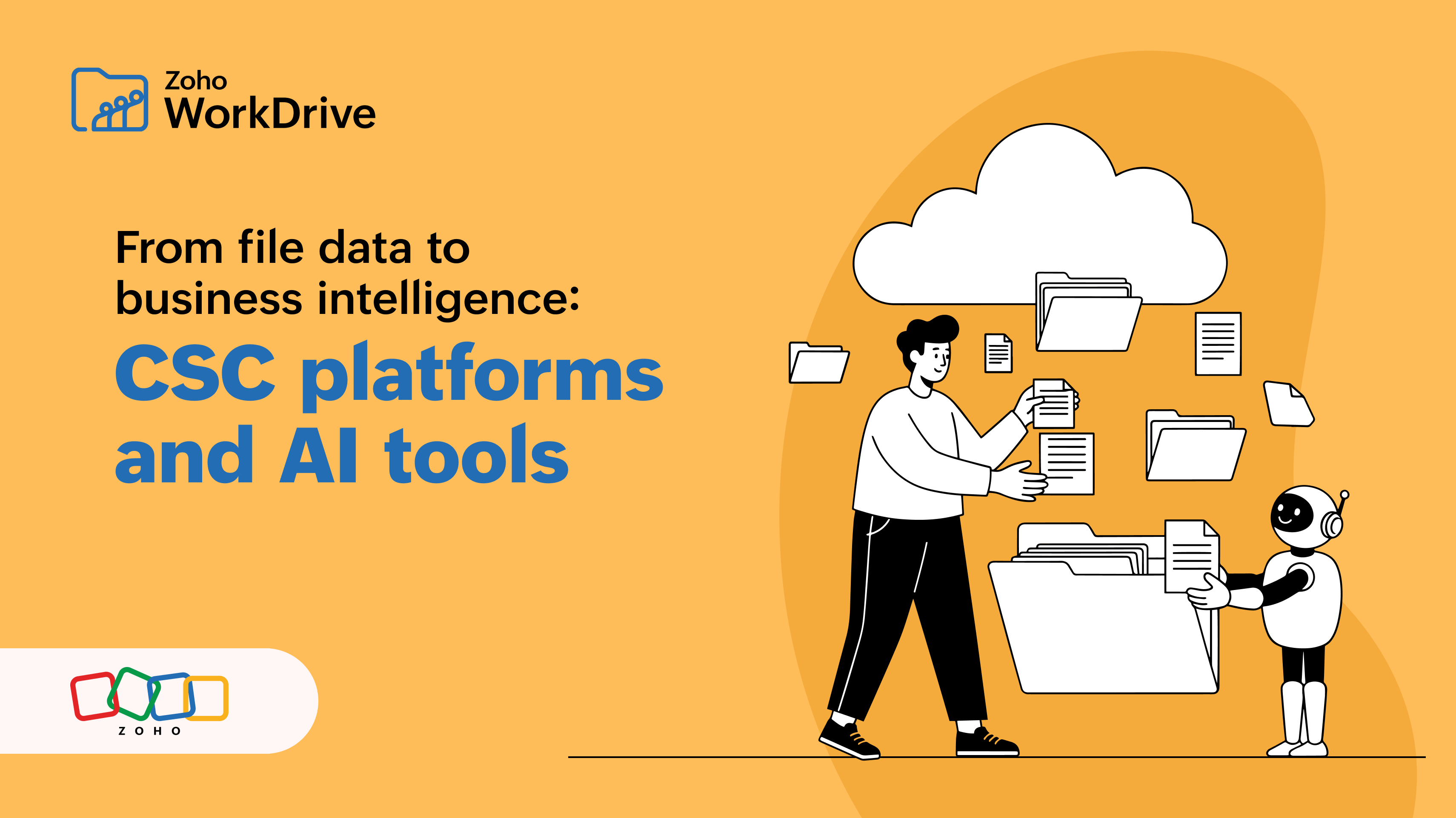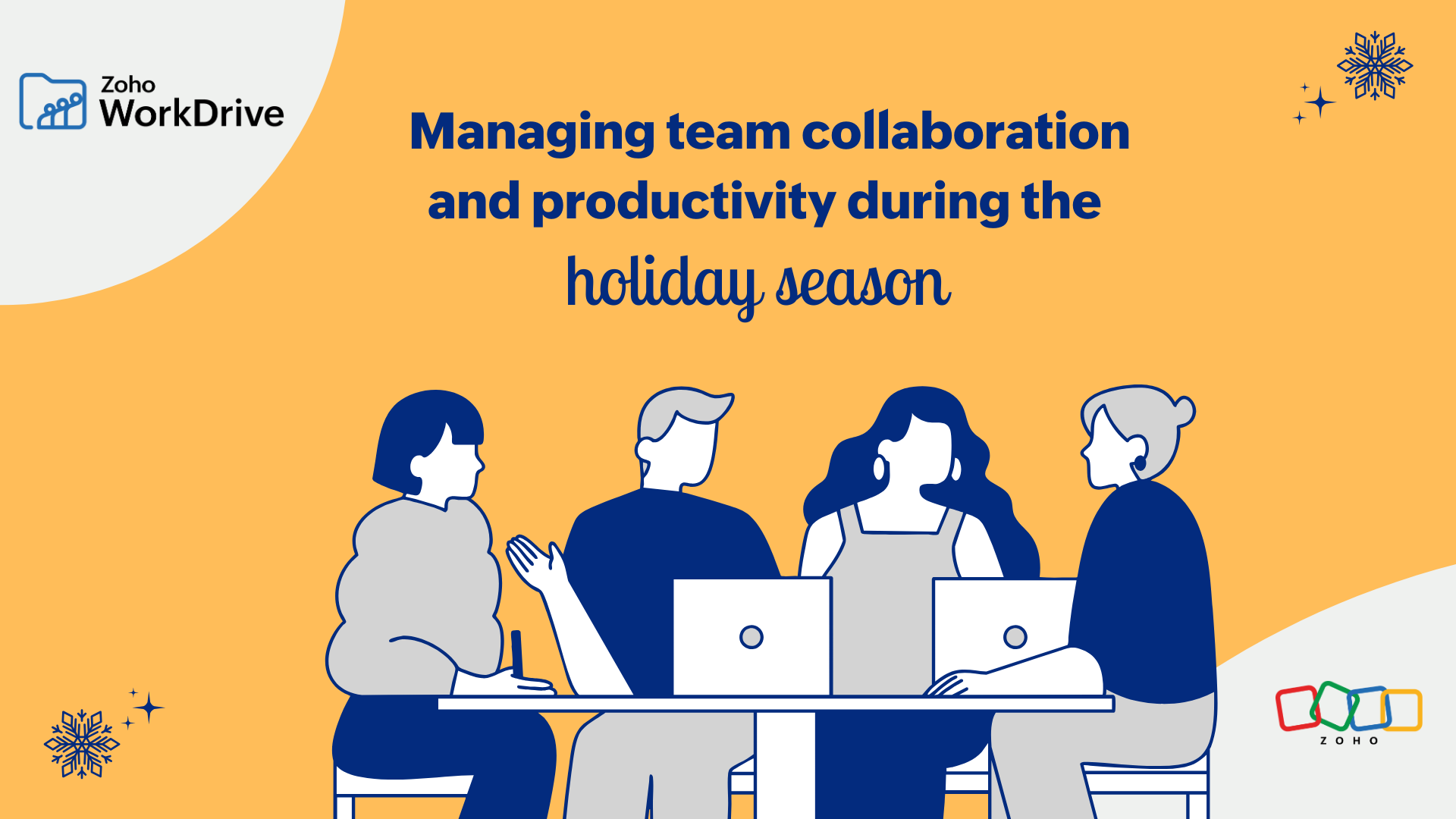- HOME
- Work Culture
- Preparing for a future of work - Hybrid model
Preparing for a future of work - Hybrid model
- Last Updated : December 15, 2023
- 1.2K Views
- 3 Min Read

When offices closed during the lockdown, working from home became the new norm. Now, since many employees are returning back to office, businesses are looking at a different way of approaching work - the hybrid work model.
What is hybrid work?
Hybrid work is the fusion of office work and remote work. It differs with each organization, but usually consists of a core team always working in one place, while others come and go. In general, hybrid work can be categorized into two types.

i. Office-centric: In this type, the organization wants the employees to work most days of the week from the office.
ii. Remote-centric: This mode encourages the employees to choose the days they want to work from office. Moreover, most of the days in the workweek consist of working remotely.
A recent survey revealed that half of the working community prefers a hybrid work model as their choice of work. Many people tend to opt for a completely remote role if their organization offers the option.
To make sure the hybrid work model is implemented efficiently, a few things have to be understood. Some of them are as follows.
Change is fast, transitions are slow
When it comes to a new process, people need time to get used to change. This might take anywhere between a week and a month. And like any new change, it's imperative that the transition goes smoothly. It also helps in mitigating some of the after-effects of the work model transition.
Work and life: doesn't balance but fit each other
A good work-life balance is essential to prevent burnout and chronic stress. This has garnered attention with the rise of hybrid work model. In fact, the term 'balance' generally denotes equal importance to two subjects but when it comes to work-life, it is not necessarily the same. Cali Yost, a renowned workplace futurist, suggests the term "work-life fit" would be more appropriate. The term "work-life fit" tends to help people perceive the possibilities, rather than concentrating on what they can't have.

"Work-life fit is not a destination, it's something you manage"
- Cali William Yost.
Click here to read a brief account of the pros and cons of the hybrid work model.
Preparing for the future of work
Change is sometimes voluntary, but often inevitable. In any case, the challenges associated with it cannot be forgotten. When laying the foundation for a hybrid work model, there are three primary challenges.
1. Employee productivity and tracking
Tracking employee productivity maybe challenging in a hybrid work set up, but it can be achieved with metrics like "objectives and key results" (OKR) and "key performance indicators" (KPI). The OKR helps in reaching goals by focusing on larger outcomes rather than measuring the small steps it takes to get there. . On the other hand, KPIs concentrates more on the success of specific services, processes, and products.

2. Transparency and trust
Trust is a two-way street. With the hybrid model, face-to-face contact is not always in the cards. This makes it hard for the managers to monitor their team. When coordination and communication become challenging, some managers might start to lose trust in their employees. One solution is for organizations to rely on real time collaboration platforms operating over the cloud.

3. Data security
Data security is perhaps the most important aspect to consider. With security breaches increasing rapidly, a reliable solution is needed to ensure the safety of data in a hybrid environment. It is possible to avoid problems associated with data security if you understand how it works and take the appropriate steps to protect it.

There is no doubt that technology solves the majority of our problems. The same is true for the transition to a new work culture. With the inception of modern technological tools, there is an opportunity to solve the problems and prepare for the future of work.


